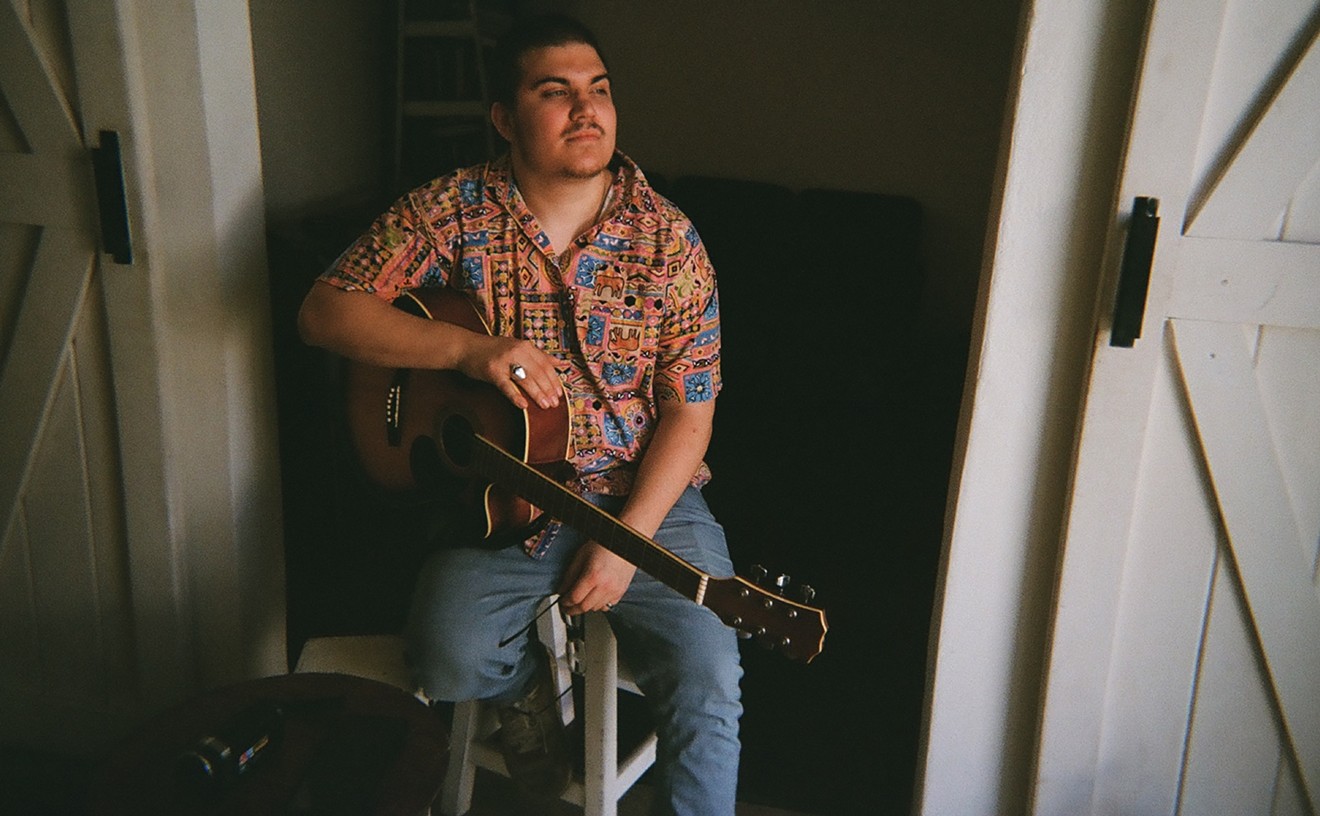A topsy-turvy Escherland exists where Dario Argento's The Mother of Tears is considered a twisted classic, and it is a magical place. Up is down, sour is sweet, sewer rat tastes like pumpkin pie, and Hitchcock never made a more ripping yarn than Jamaica Inn. A once-great director's near-worst work passes through its funhouse plumbing and emerges from the crapper as intentional mischief: self-sabotage explained away as mad genius.
Treating The Mother of Tears as intentional self-parody is the only way to get much enjoyment out of what should have been a triumph: the long-awaited, long-deferred climax to Argento's "Three Mothers" series, begun in 1977 with Suspiria and followed in 1980 by Inferno. And indeed, taken as a stand-alone entity, The Mother of Tears is a high-camp hoot—a nut-brain fiasco so awe-inspiringly awful that somewhere in the great beyond, Ed Wood raises his maggoty fist in solidarity.
But for people who revere the horror maestro's vital work—roughly the period between his debut, 1970's proto-De Palma giallo The Bird With the Crystal Plumage, and his 1990 segment of the anthology film Two Evil Eyes—it's painful to watch the Hieronymus Bosch of '70s horror sink this low. The man who made Suspiria and Inferno is a badass: a collaborator and aesthetic comrade of Leone and Bertolucci, an orchestrator of operatic set pieces that abide their own nightmare logic, gliding into beyond-reason realms on camera moves of voluptuous dread. The man who made The Mother of Tears 27 years later can't even hurl a baby from a bridge without the Fisher-Price doll bonking to pieces on the way down.
The set-up is suitably apocalyptic: A backhoe uncovers an ancient Roman crypt containing three totems, the statues of the all-powerful witches known as the Three Mothers. I'm not sure how or why—perhaps by opening the box, perhaps by activating Plan 10 from Outer Space—but the discovery triggers the grisly return of the Third Mother, Mater Lachrymarum.
This sepulchral pole-dancer, who snacks on tears and presides over a subterranean Plato's Retreat of ornate depravities—anybody care to explain the woman eating a length of Laffy Taffy out of someone's ass?—flexes her demonic might in the first of the movie's splattery showpieces: an attack on a museum staffer who has her teeth bashed out with a pestle before she's eviscerated by homunculi and hanged with her own guts—while a screeching monkey shrieks its encouragement. The eyewitness, Sarah Mandy, played by an unfortunately restrained Asia Argento, will later discuss this event with notable understatement: "Something strange happened to me tonight."
Asia Argento has bloomed into one of the movies' most carnal, volatile and exciting presences (and a hugely promising director to boot), but this is the most thankless of her "Thank you, Dad, may I have another?" roles. Even so, she's the Sarah Bernhardt of a cast that finds no middle ground between silent-movie hysteria and cop-show catatonia. The acting was weak in Dario Argento's early successes, sure. But with his bravura style and flamboyant art direction to set the mood, the ventriloquist-dummy dubbing somehow suited the otherworldliness of his milieu. Without Argento's once-trademark elegance, all that's left is poorly staged, protracted sadism interrupted by expository narcolepsy and unintended horselaughs.
The sad truth is that The Mother of Tears has all the ingredients for a roaring comeback: the return of Suspiria alumni Daria Nicolodi (Asia's mom) and Udo Kier as well as composer Claudio Simonetti; gory killings aplenty, from throat slashings and face smashings to a nonconsensual episiotomy; a script that, at least in outline, advances intriguing themes of maternal yearning and clashing systems of religious and secular belief. Yet the movie uses them in ways demonstrably inferior to the earlier films. Frederic Fasano's flat camerawork lacks the sumptuous palette and sinuous movement that Luciano Tovoli brought to Suspiria and Tenebre; the ah-hoo-hee-hee-HA-HA score has none of Suspiria's nerve-jangling dissonance.
Is it unfair to measure The Mother of Tears by the standards of Argento's best work? Anything else would be patronizing and dishonest. One of the mysteries of horror is that the thinnest of lines—style—distinguishes the genre's best from its worst. The Mother of Tears has all the elements that Maitland McDonough enumerated in her Argento study Broken Mirrors/Broken Minds, but without the directorial panache that made anyone care in the first place.
Those who make a case for The Mother of Tears as an elaborate jape—most of whom attended its famously celebratory Toronto premiere, where the entire audience sang the director "Happy Birthday"—get the most support from the movie's deranged final third. It starts with a hilarious montage of cackling, clawing supermodel witches converging on Rome (via airline stock footage) like a Transylvanian Sex and the City convention; it ends with Asia crawling through an excremental downpour toward a closing-shot curtain call, where she collapses in gales of cathartic laughter. If you believe someone of Dario Argento's proven talent would make a movie so deliberately sucky, feel free to join in.










